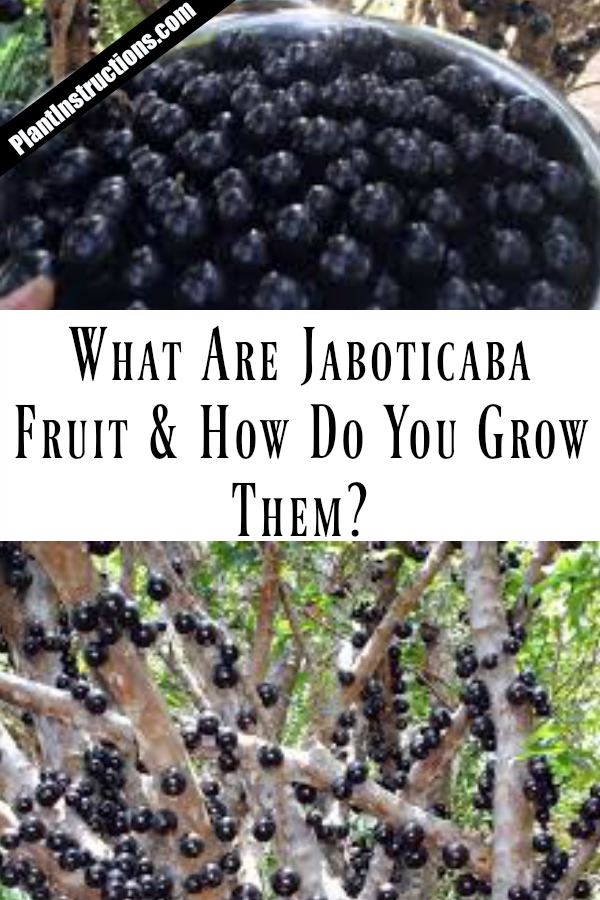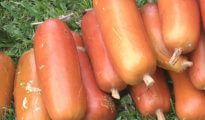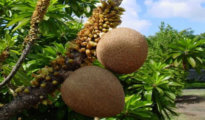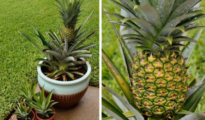Jaboticaba trees are not widely known throughout the world, but these trees, native to Brazil, do grow small purple fruits that taste a lot like grapes! These trees are quite interesting because they bear fruit on old growth trunks and branches, which makes the tree look like it's covered in purple cysts. So how to grow jaboticaba trees and what exactly are they? Keep reading to find out!
What is a Jaboticaba Tree?
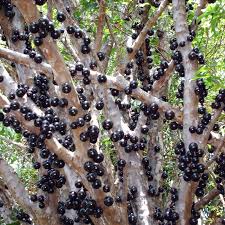
The tree has 1 to 4 inch leaves that begin as salmon covered, and, as they mature, deepen into a dark green. Its flowers are subtly white and its fruit is dark purple or burgundy that can be eaten right off the trees or made into preserves or wine.
The fruit itself is a white, jelly-like pulp that contains one to four flat oval seeds. The fruit will usually mature 20-25 days after flowering.
How to Grow Jaboticaba Trees in Your Garden:
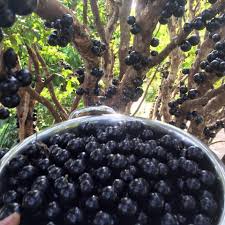
- Jaboticaba trees are not self-fertilizing, and therefore you will need to plant them in groups.
- They are mostly propagated from seeds, although grafting, root cuttings, air layering are successful as well.
- Plant in well draining soil, once temperatures have reached at least 75F (23C).
- You may successfully grow jaboticaba trees in USDA zones 9b-11.
- The tree will need medium to high sun exposure, so plan to plant in a sunny location.
- The jaboticaba trees will thrive in a number of different soil mediums, but in high pH soils, the tree will need additional fertilization.
- Feed your tree about three times a year with an all-purpose fertilizer.
- Harvest is usually done in late March and April, but be patient, as it can take a tree about 8 years to start bearing fruit!
So now that you know how to grow jaboticaba trees, it's time to roll up your sleeves and get to planting!
Like this post? Share and Pin 🙂
